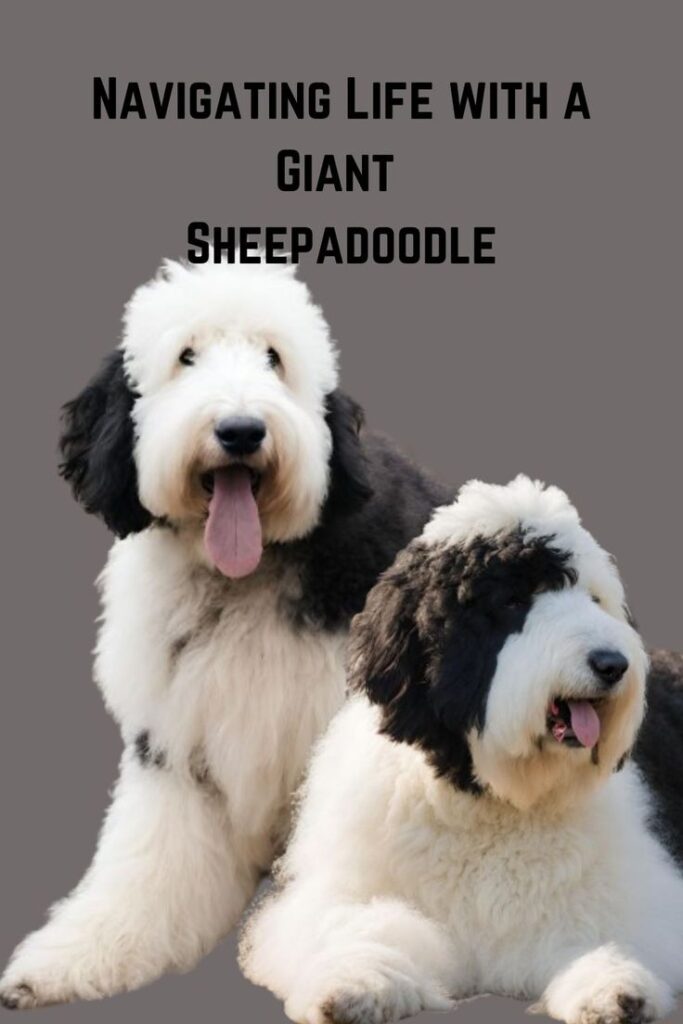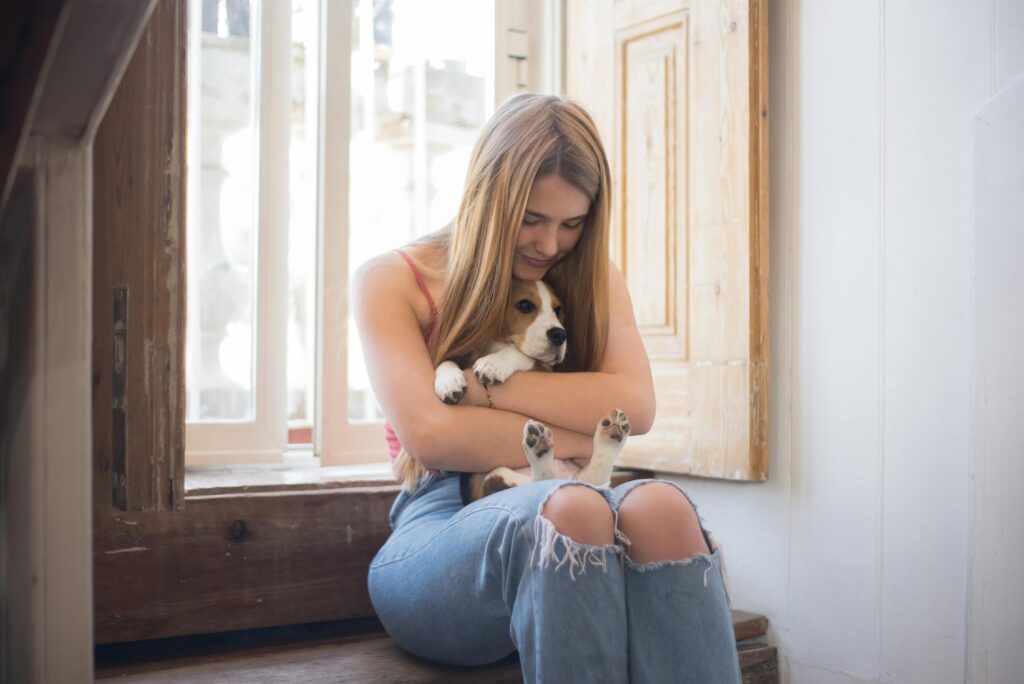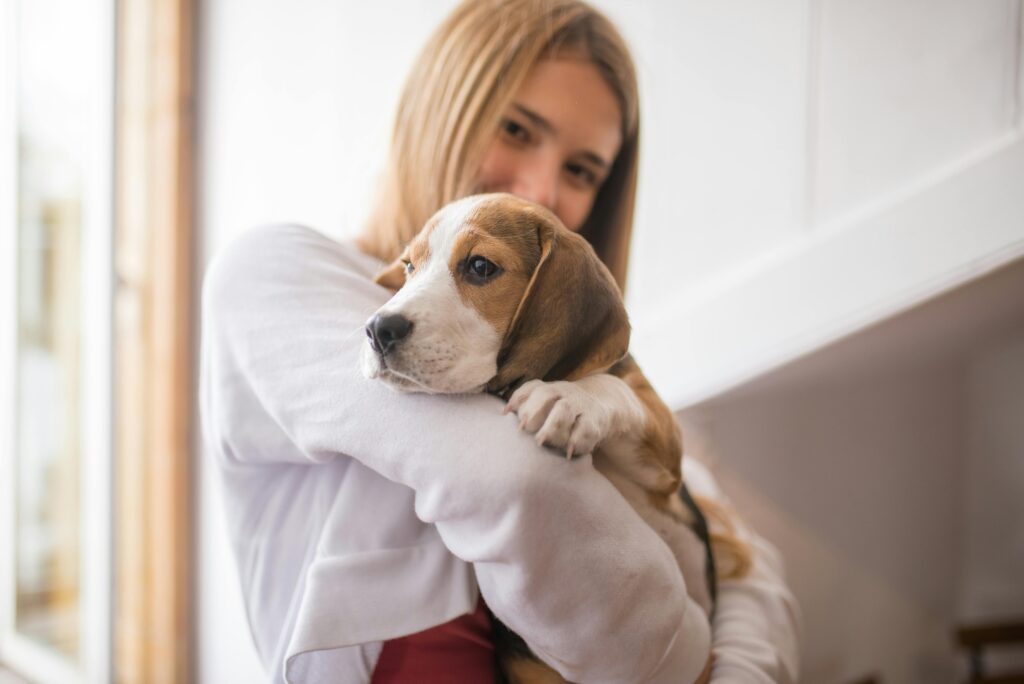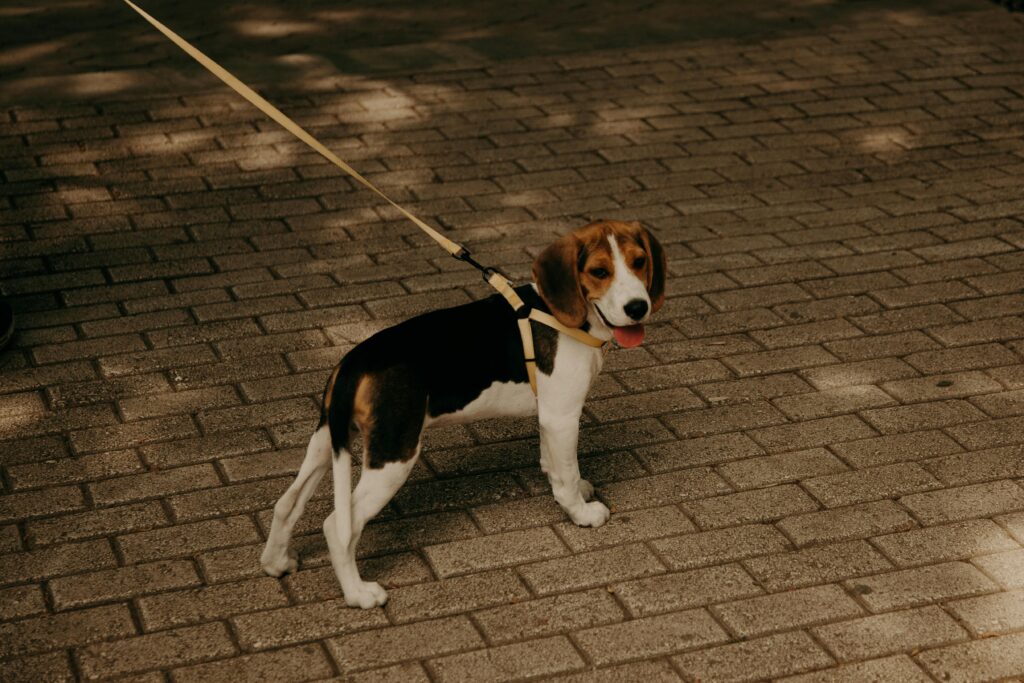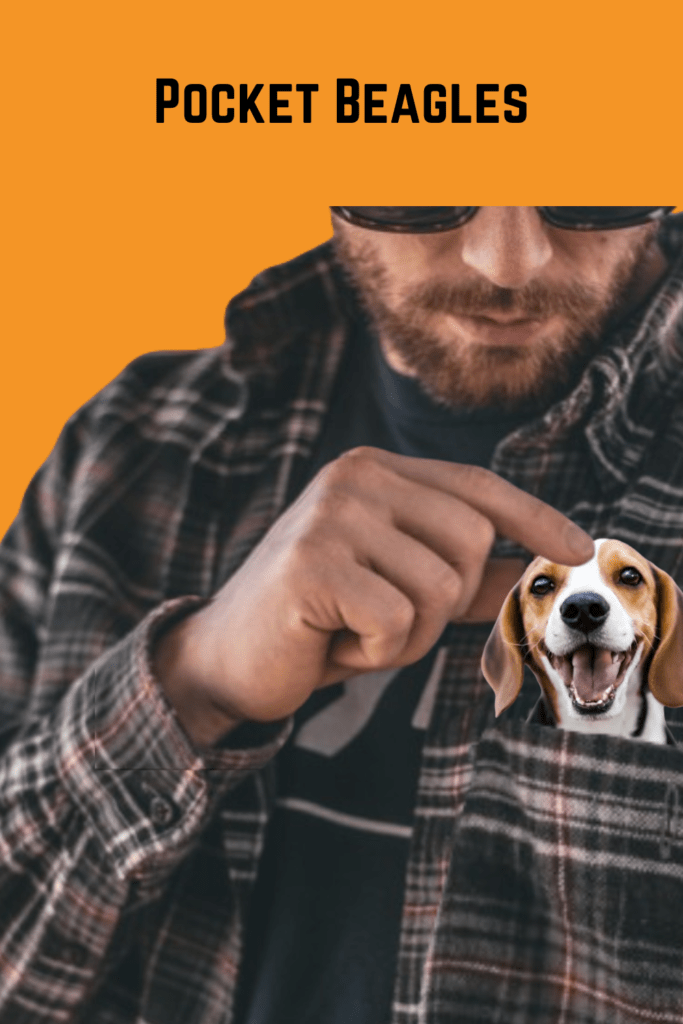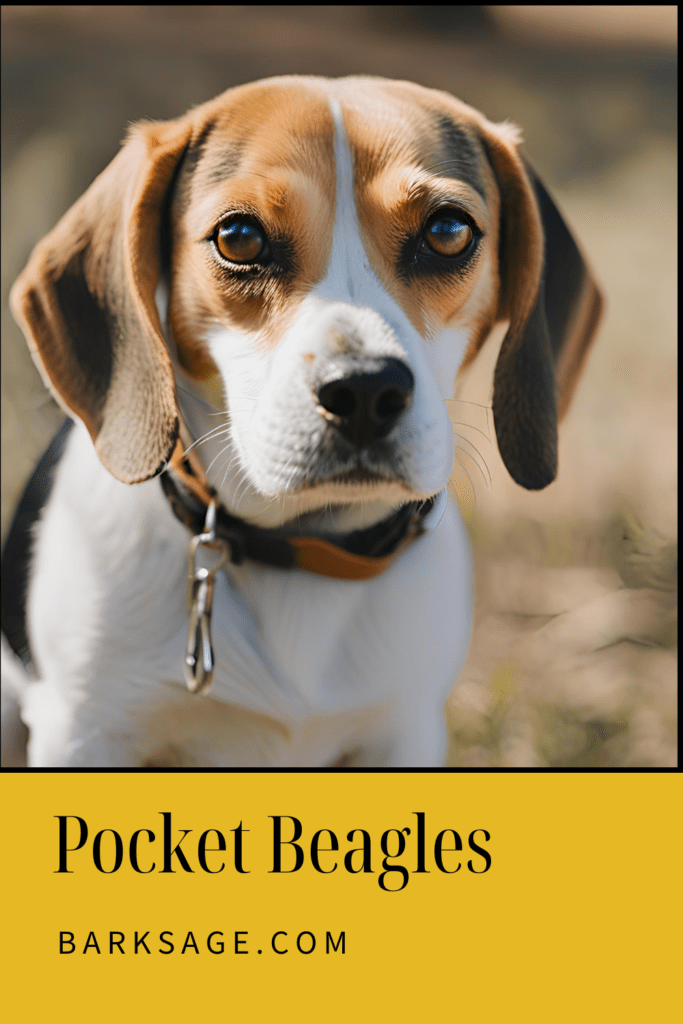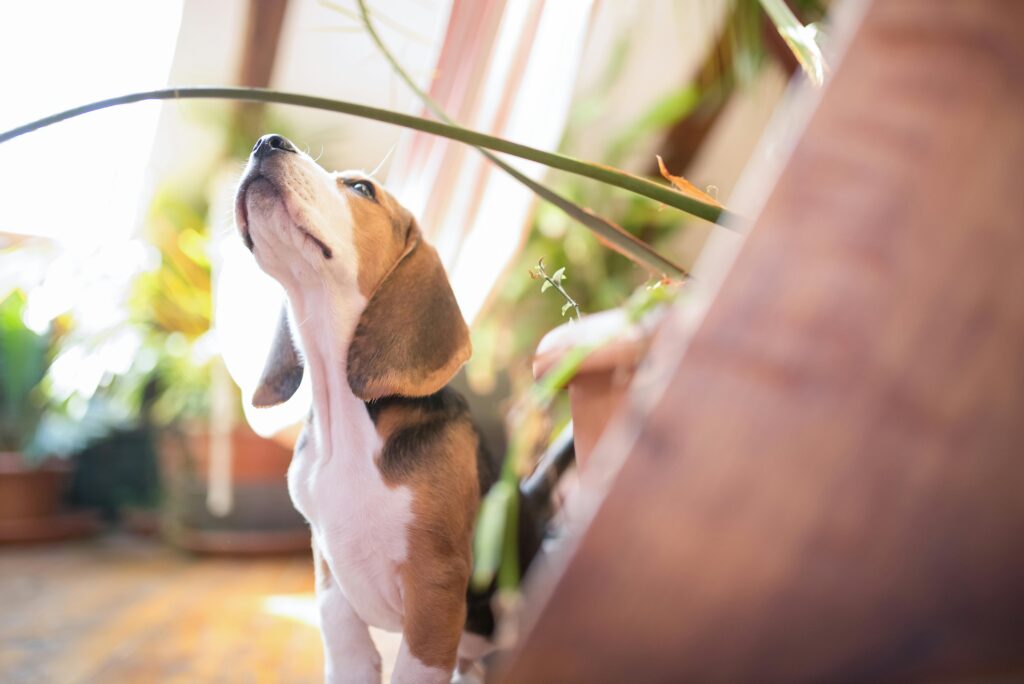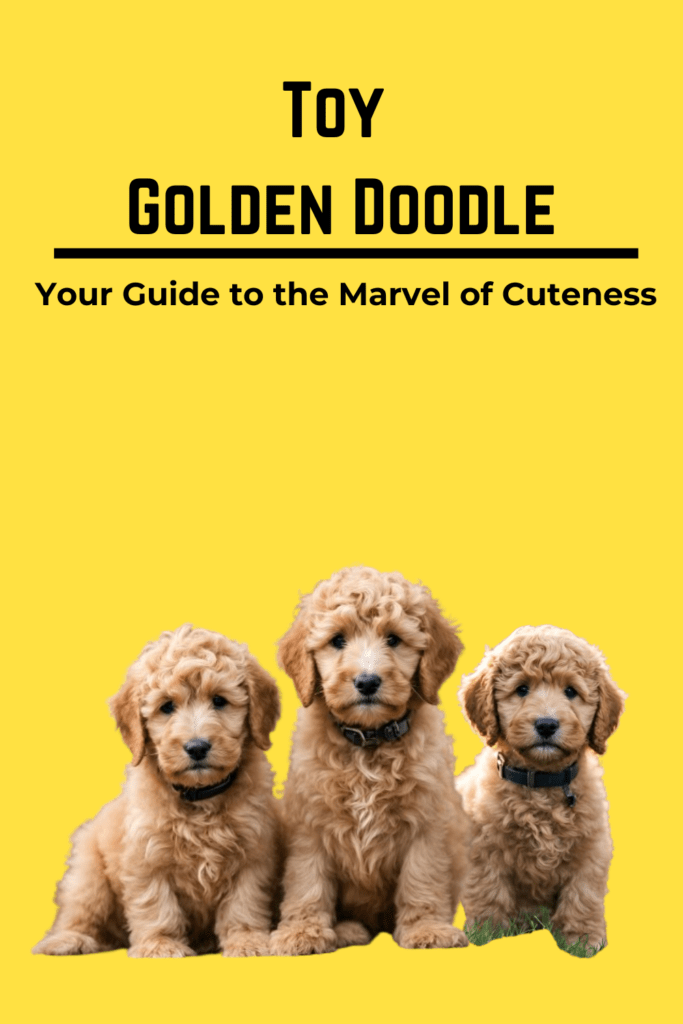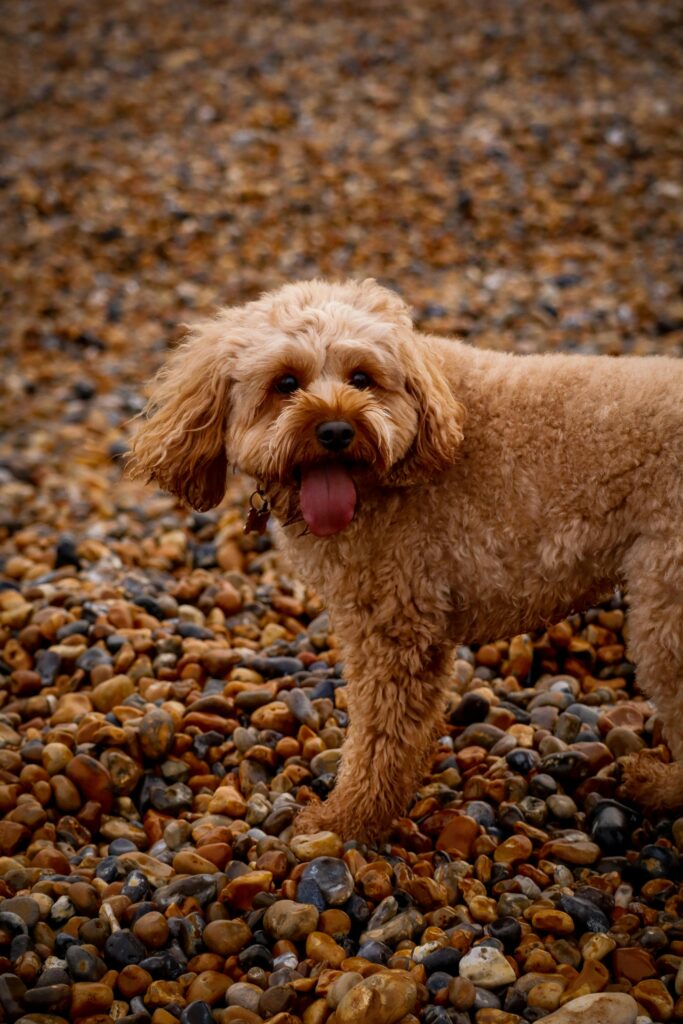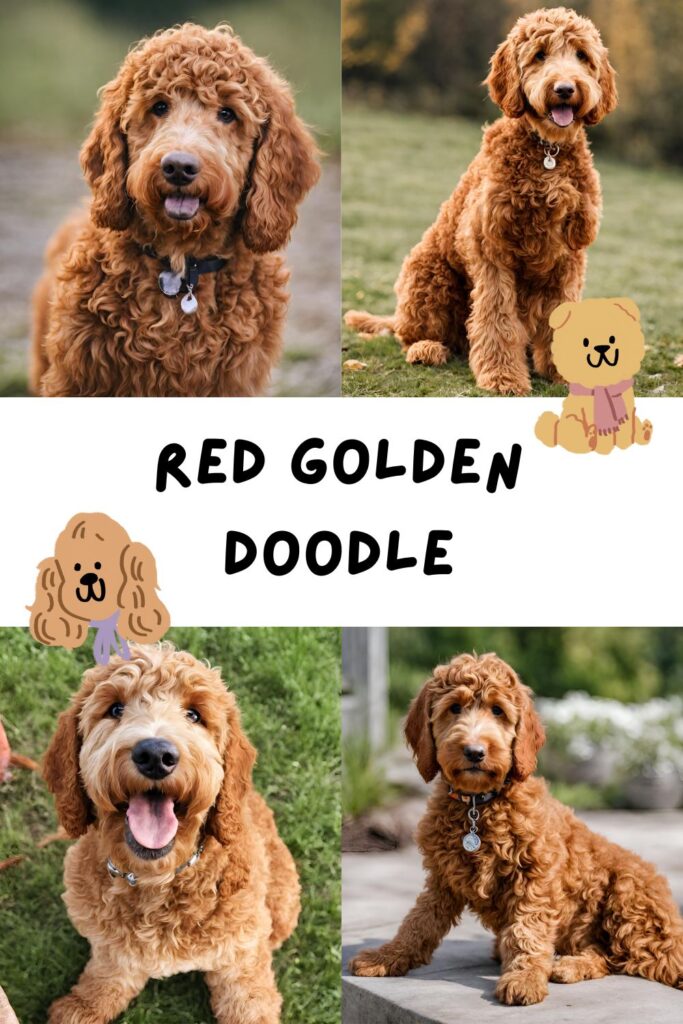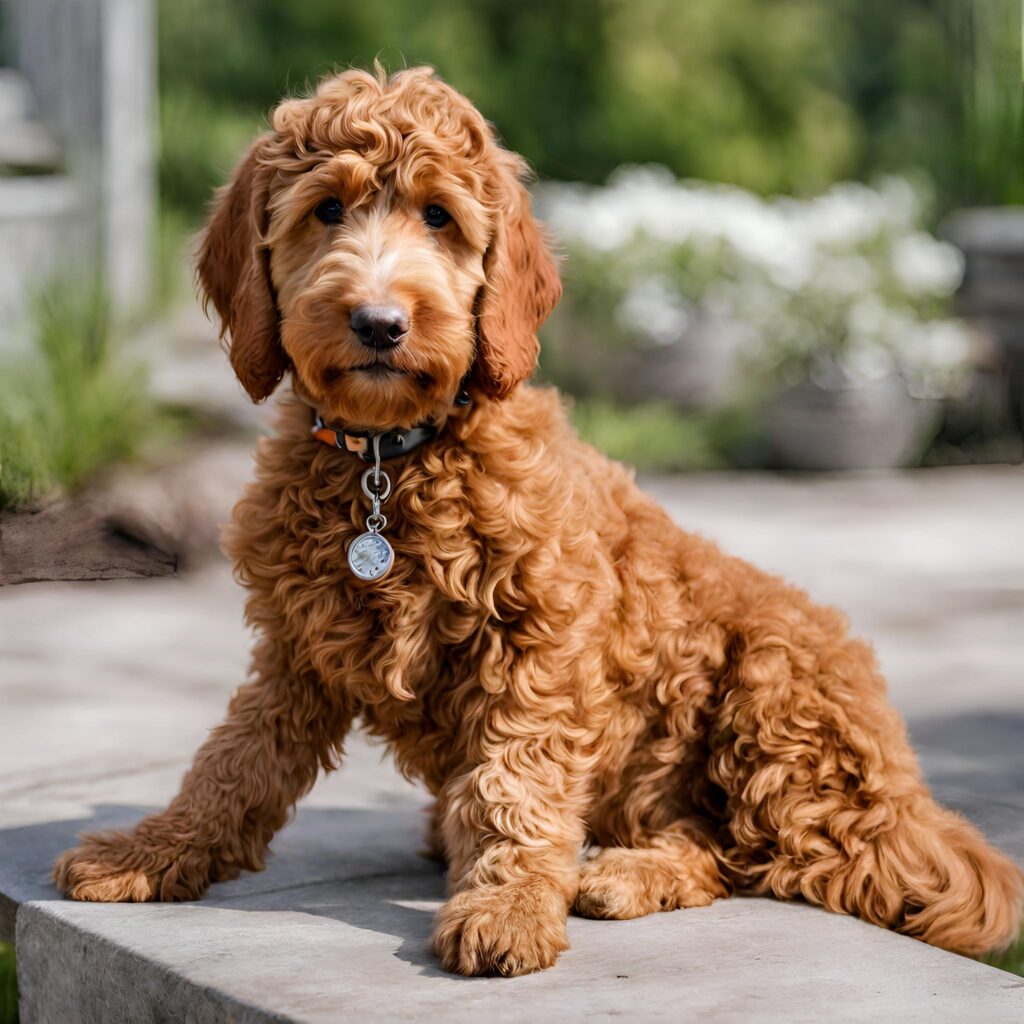Costs of Sheepadoodle : 2024 Price BreaK Down
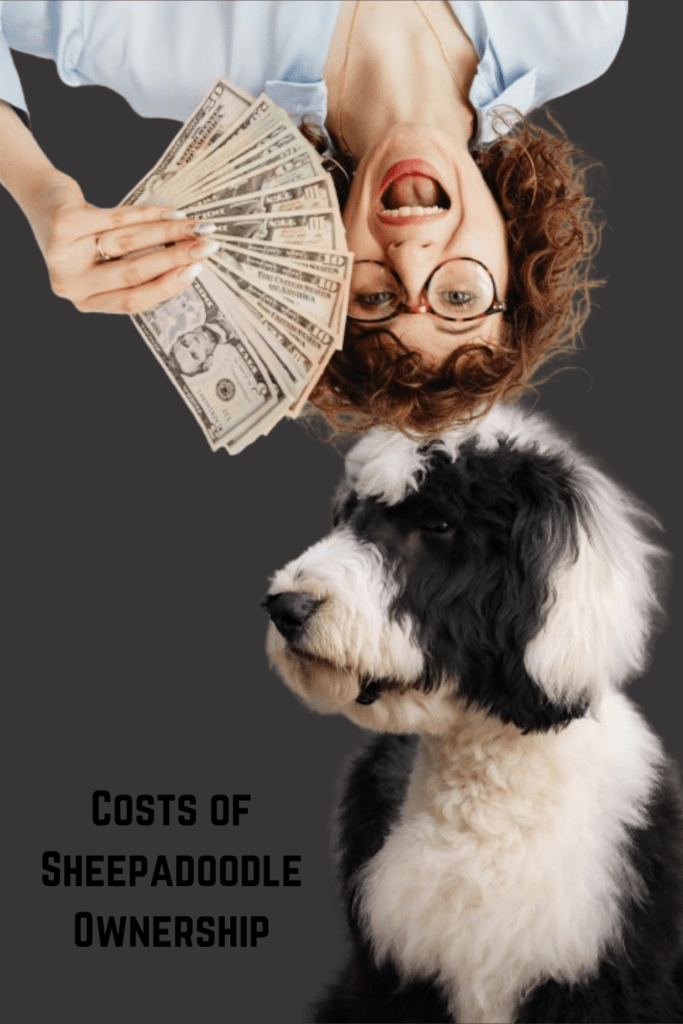
Introduction
In this detailed guide, we explore the intricacies Costs of Sheepadoodle, shedding light on what influences their cost, ongoing expenses, and factors to consider before making this delightful breed a part of your family.
Curious about the expenses associated with bringing a Sheepadoodle into your life?
What Is the Costs of Sheepadoodle?
Unravel the mystery behind Sheepadoodle prices, understanding the various factors that contribute to the overall cost of acquiring one of these charming companions.
The cost of a Sheepadoodle can vary widely based on several factors, including the breeder’s reputation, the Sheepadoodle’s pedigree, the geographic location, and whether the puppy has undergone health checks and vaccinations. On average, you can expect to pay anywhere from $1,000 to $3,000 or more for a Sheepadoodle puppy.
What Affects the Cost of a Sheepadoodle?
Discover the key elements influencing Sheepadoodle prices, including size, age, coat type, training level, unique qualities, gender, health testing, breeder’s experience, and location.
What You Need To Know About Having or Getting a Sheepadoodle?
Explore essential information about Sheepadoodles, emphasizing the best qualities they inherit from their Poodle and Old English Sheepdog parent breeds.
Getting a Sheepadoodle can be a wonderful experience, but it’s important to be well-informed and prepared for the responsibilities that come with dog ownership. Here are key aspects to consider when getting a Sheepadoodle:
- Breed Characteristics:
- Research the characteristics of Sheepadoodles, including size, coat type, temperament, and exercise needs. Being aware of the breed’s traits helps you understand what to expect.
- Reputable Breeder:
- Choose a reputable breeder who prioritizes the health and well-being of the dogs. Look for breeders who conduct health screenings for parent dogs, provide proper socialization for puppies, and follow ethical breeding practices.
- Health Considerations:
- Be aware of potential health issues associated with the breed. Sheepadoodles, like other mixed breeds, may inherit health conditions from their parent breeds. Ensure that the breeder provides health clearances for the parent dogs.
- Exercise and Mental Stimulation:
- Sheepadoodles are often energetic and intelligent. Plan for daily exercise, including walks, playtime, and mental stimulation activities. This helps prevent boredom and promotes a healthy lifestyle.
- Grooming Needs:
- Sheepadoodles typically have a curly or wavy coat that requires regular grooming to prevent matting. Brushing, bathing, and occasional professional grooming may be necessary.
- Training:
- Invest time in training and socialization from an early age. Sheepadoodles are generally intelligent and trainable, but consistent positive reinforcement is important.
- Space Requirements:
- Sheepadoodles can adapt to various living environments, but they benefit from having enough space to move around. A house with a secure yard is ideal.
- Companionship:
- Sheepadoodles are known for forming strong bonds with their owners. They thrive on companionship and may experience separation anxiety if left alone for extended periods.
- Nutrition:
- Provide a balanced and nutritious diet appropriate for the dog’s age, size, and activity level. Consult with your veterinarian for dietary recommendations.
- Veterinary Care:
- Schedule regular veterinary check-ups, vaccinations, and preventive care. Stay informed about the healthcare needs of your Sheepadoodle.
- Socialization:
- Socialize your Sheepadoodle with various environments, people, and other animals from an early age. This helps develop a well-rounded and confident dog.
- Financial Commitment:
- Consider the financial aspects of dog ownership, including veterinary expenses, grooming supplies, food, and other necessities.
- Lifespan:
- Be prepared for a long-term commitment. Sheepadoodles can live 10 to 15 years or more, so ensure you’re ready for the responsibilities of caring for a dog throughout their life.
Remember that each dog is an individual, and their needs and behaviors can vary. Building a strong bond through positive interactions, training, and love will contribute to a happy and fulfilling relationship with your Sheepadoodle.
Best of Both Genes
Understand the unique combination of genes that makes Sheepadoodles exceptional companions.
Sheepadoodles, a crossbreed between a Old English Sheepdog and a Poodle, are known for their exceptional qualities that result from a unique combination of genes. Here are some aspects that make Sheepadoodles exceptional companions:
- Intelligence:
- Poodles, one of the parent breeds, are renowned for their high intelligence. Sheepadoodles inherit this trait, making them quick learners and easy to train. Their intelligence contributes to their adaptability in various situations.
- Low to Non-Shedding Coats:
- Poodles have a hypoallergenic coat, and this trait is often passed down to Sheepadoodles. The combination of Poodle genes with the dense and curly coat of the Old English Sheepdog can result in a low to non-shedding coat, making them suitable for individuals with allergies.
- Friendly and Sociable Nature:
- Both Old English Sheepdogs and Poodles are known for their friendly and sociable nature. Sheepadoodles often exhibit an affectionate demeanor and enjoy being part of the family. They tend to get along well with children and other pets.
- Versatility:
- The combination of the herding instincts of the Old English Sheepdog and the versatility of the Poodle makes Sheepadoodles well-suited for various activities. They can thrive in roles such as family pets, therapy dogs, and even excel in agility or obedience training.
- Athleticism:
- Old English Sheepdogs are known for their athleticism, and when crossed with the Poodle’s agility, Sheepadoodles become energetic and enjoy participating in outdoor activities. Regular exercise is essential to keep them physically and mentally stimulated.
- Playful Personality:
- Sheepadoodles often maintain a playful and lively personality throughout their lives. Their playful nature makes them enjoyable companions for families and individuals alike.
- Watchdog Instincts:
- Old English Sheepdogs historically served as herding and watchdogs. Sheepadoodles may inherit these instincts, making them alert and protective. While not aggressive, they can act as a reliable early warning system.
- Adaptability:
- Sheepadoodles are known for their adaptability to different living environments. Whether in urban or rural settings, they can adjust well, provided they receive the necessary exercise and mental stimulation.
It’s important to note that individual Sheepadoodles can vary in temperament, coat type, and other traits based on the specific genetics they inherit. Responsible breeding practices and early socialization contribute to the positive qualities of Sheepadoodles as companions. As with any breed, prospective owners should consider their lifestyle and the needs of the dog to ensure a harmonious and fulfilling relationship.
Other Factors Influencing the Purchase Price of a Sheepadoodle
Delve into additional considerations that may impact the overall cost of acquiring a Sheepadoodle, such as color, lineage, registration with the American Kennel Club, age, and geographic location.
Cost of Vaccination and Other Medical Expenses for a Sheepadoodle
Navigate the medical expenses associated with Sheepadoodle ownership, covering vaccinations and other healthcare considerations.
Cost of Food and Supplies for a Sheepadoodle
Explore the ongoing costs of feeding and caring for your Sheepadoodle, including dietary needs and essential supplies.
Cost of Insuring a Sheepadoodle
Understand the importance of pet insurance and the associated costs for ensuring the well-being of your Sheepadoodle.
Cost of Training for a Sheepadoodle
Discover the investment required for training your Sheepadoodle, ensuring they become well-behaved and delightful companions.
Sheepadoodle Prices in 2024: Purchase Cost, Vet Bills, and More!
Get an updated overview of Sheepadoodle prices in 2024, encompassing not only the initial purchase cost but also ongoing veterinary expenses and other considerations.
Factors that Determine Sheepadoodle Price
Delve into the specific factors that breeders consider when determining the price of Sheepadoodle puppies, including genetic guarantees, location, breeder stock, demand, size, coat type and color, and breeder reputation.
To find out more about sheepdoodles check out our interesting blog post: Sheepadoodle Sizes: Unveiling the Growth of Miniature Sheepadoodles
Different Types of Sheepadoodle Breeders and How Price Varies
Explore the various types of Sheepadoodle breeders, understanding how prices may vary based on professionalism, ethical practices, and reputation.
Sheepadoodle Costs of Ownership
Uncover the day-to-day expenses associated with Sheepadoodle ownership, from food and treats to veterinary visits, training, grooming, and other ongoing costs.
Where Can you Buy a Sheepadoodle?
Explore different avenues for acquiring a Sheepadoodle, from reputable breeders to adoption options.
Adopting a Sheepadoodle
Consider the option of adoption and the potential benefits it brings to both you and a Sheepadoodle in need of a loving home.
Frequently Asked Questions on Sheepadoodles
Answering common questions about Sheepadoodles, covering topics such as their hypoallergenic nature, suitability as pets, pricing, and more.
Conclusion
In conclusion, understanding the various facets of Sheepadoodle prices and ongoing costs is crucial for making an informed decision about bringing this wonderful breed into your home. We invite you to share your thoughts or questions in the comments section, fostering a community of Sheepadoodle enthusiasts. Let’s embark on this journey of discovery together!

